Teatown Celebrates 20 Years of Conservation Success at Annual EagleFest.
29.012024January 29, 2024
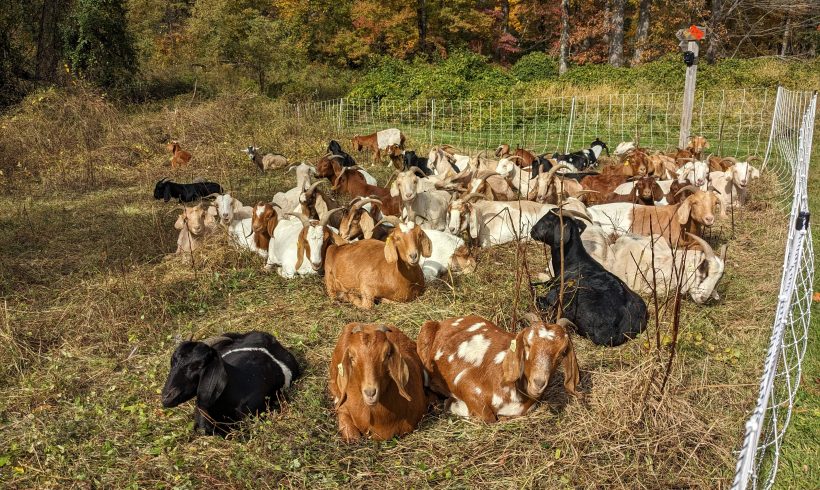
There are many ways to battle the various invasive plants that are found throughout Westchester County. One extremely effective way is ecologically prescribed goat grazing. We were lucky to work with the local herd Fat and Sassy Goats for two weeks up at our Cliffdale fields – the herd of 85+ grazing goats hired to munch through the invasive vegetation and convert it into nitrogen-rich pellets, helping to transform this area of the preserve and give nature the boost it needs to reset the land.
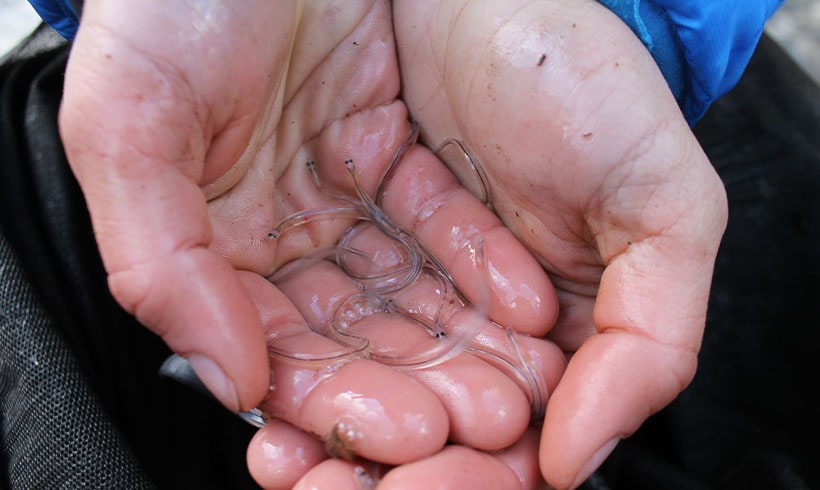
Never in my wildest dreams did I ever think I would be excited about eels. Until, that is, the night I heard on Channel 12 about the Hudson River Eel Project.
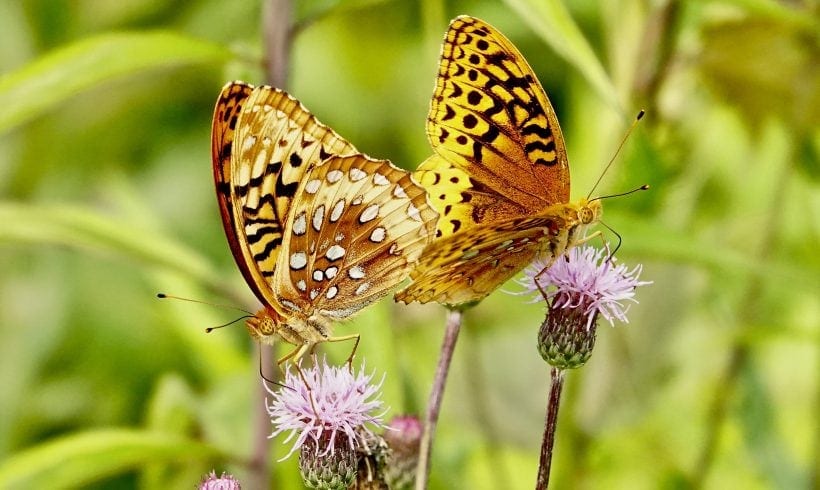
An annual rite of summer, the North American Butterfly Count is a way for butterfly enthusiasts across the country to partake in a citizen science monitoring effort. Our resident butterfly enthusiast Charlie Roberto has been leading butterfly count walks at Teatown since 1995 to educate and encourage visitors to partake in this important effort.
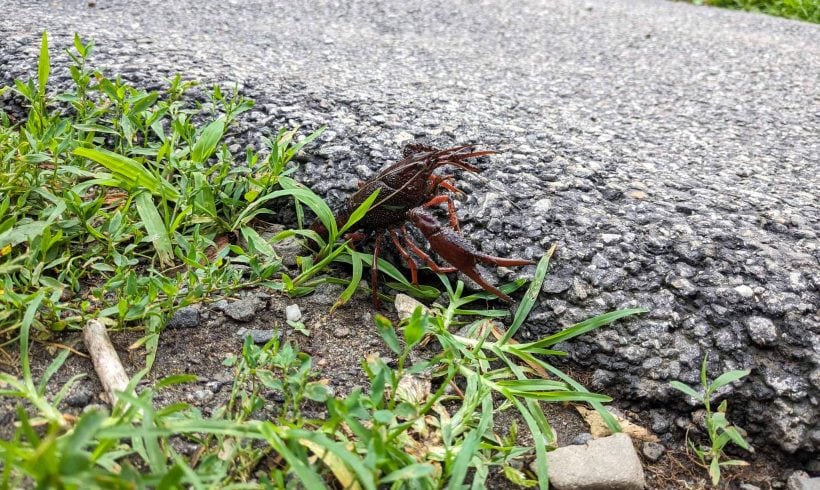
If you’ve been exploring Teatown’s trails lately, you’ve probably noticed an abundance of crayfish leaving Teatown Lake en masse. Last week, Teatown Environmental Science Academy (TESA) students counted over a dozen crayfish while hiking the full Lakeside Trail loop. Visitors and neighbors of Teatown have been stopping their cars to help scoot them out of the road, and Teatown Campers have been helping them off the trails and back to safety.
So, what’s the cause of the crayfish boom? To get to the bottom of this, Dr. Danielle Begley-Miller, our Director of Science and Stewardship, deployed her secret weapon: science.
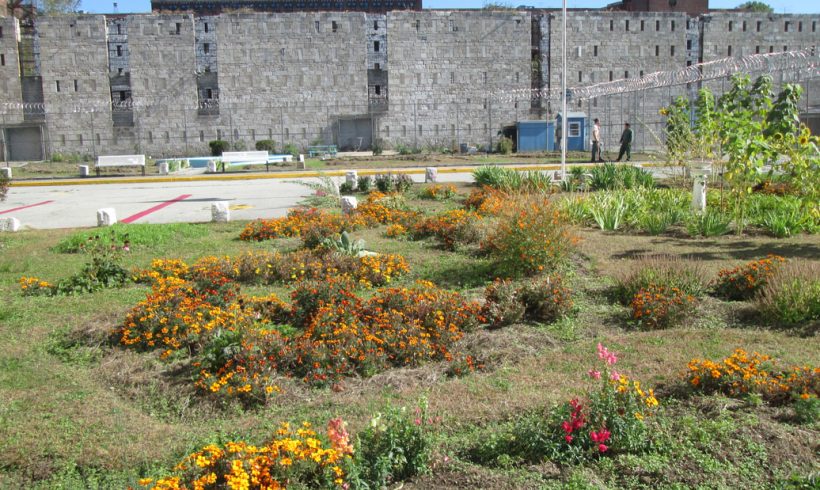
This year, thousands of plants found new homes in gardens across Westchester County after our annual PlantFest celebration. A few dozen of these plants found their way to a special garden located within the walls of Sing Sing Correctional Facility, to be included in the annual therapy garden.
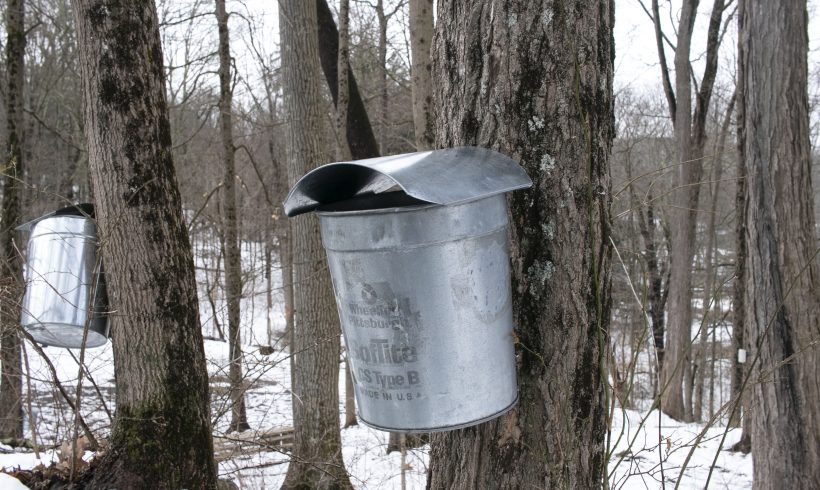
The coming of spring at Teatown is usually heralded by a successful sugaring season. We gave Warren’s Sugar House a thorough scrub down in early February, dutifully set up and sanitized our evaporator pans, and tapped trees before Presidents’ Day. We thrilled to the gentle “tink, tink, tink” of sap falling in our buckets, but a few good days do not a successful sugaring season make.
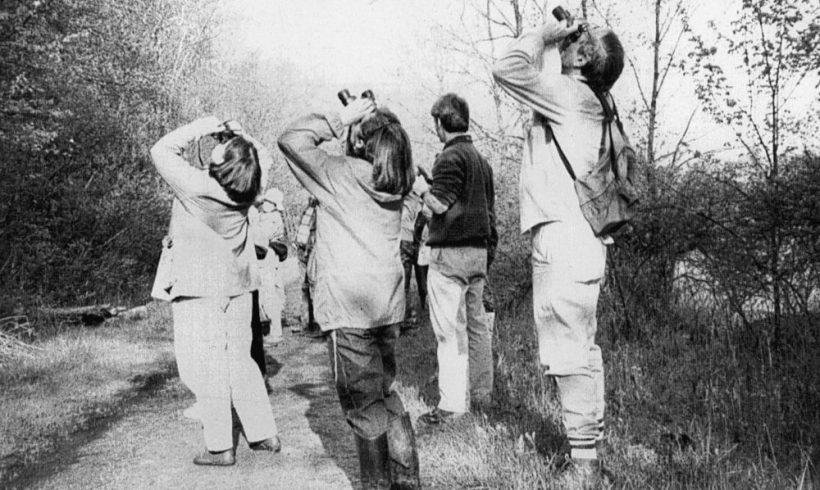
When you picture a birder, what comes to mind? If you’ve seen the 2011 caper The Big Year, you might imagine an older white man (Steve Martin, is that you?), obsessively focused on growing his life list, ticking off species in far-flung destinations all over the world. Your mental birder might be toting a pair of binoculars, carrying a camera with a lens longer than he is tall, and is probably wearing a tactical vest.
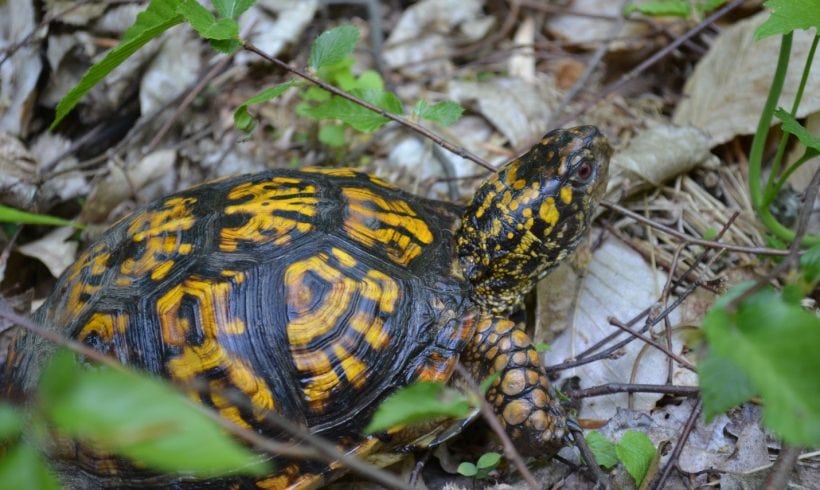
The Eastern or Woodland Box Turtle (Terrapene carolina) is arguably the most identifiable and well-known terrestrial turtle. With contrasting shell colors (often black with striking yellow or orange patterns) these relatively common turtles are found in various habitat types and are easy to see in the wild.
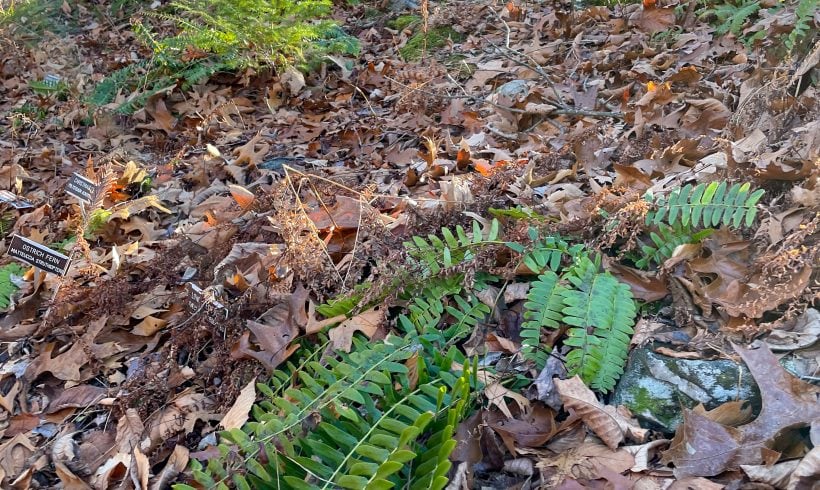
Christmas trees are a holiday staple for those who celebrate, but look in the woods and chances are you’ll find a Christmas fern to complement the traditional festive greenery. Specifically, THE Christmas Fern: Polystichum acrostichoides.
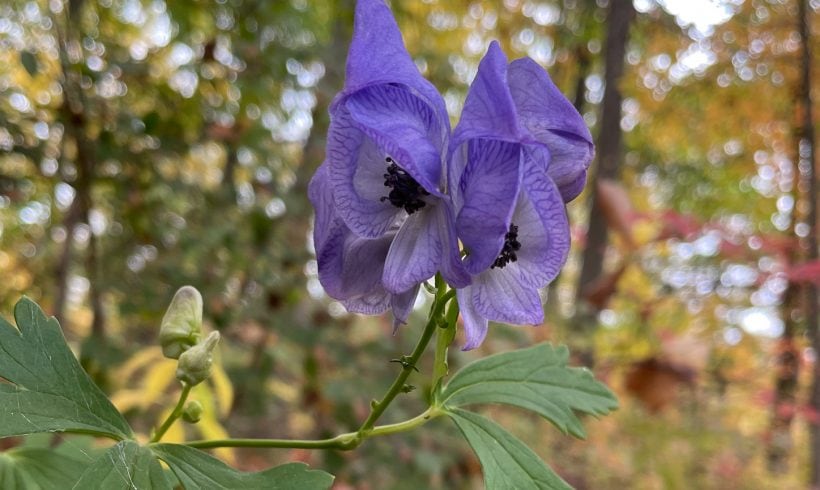
Among the last plants to bloom on Wildflower Island is Aconitum uncinatum, Southern Monkshood.